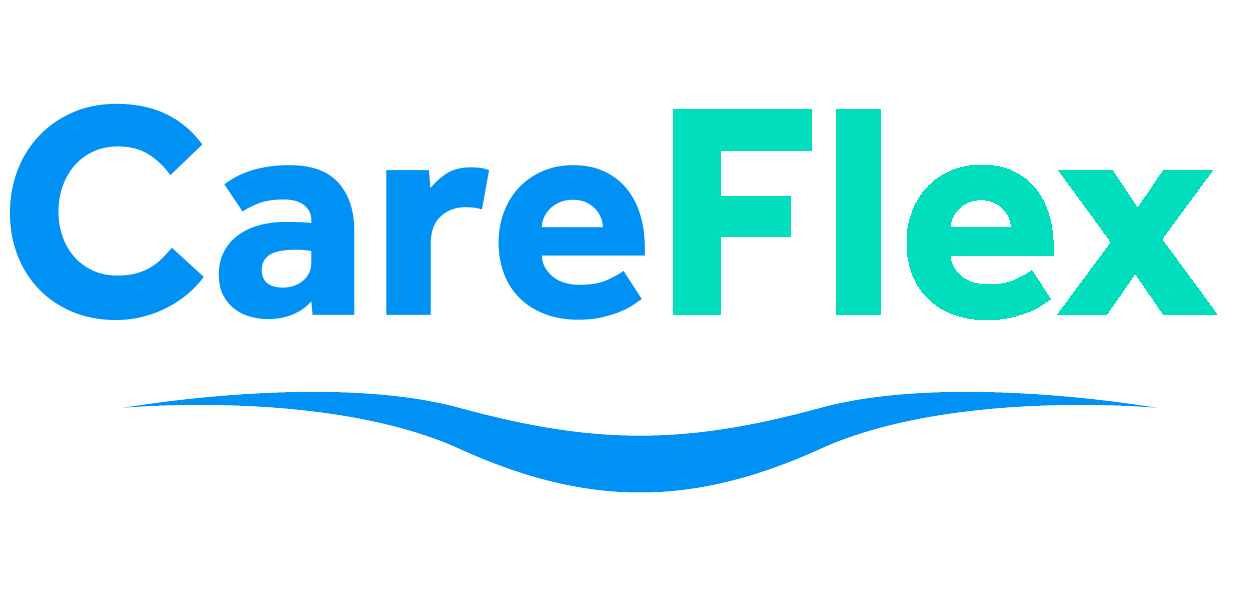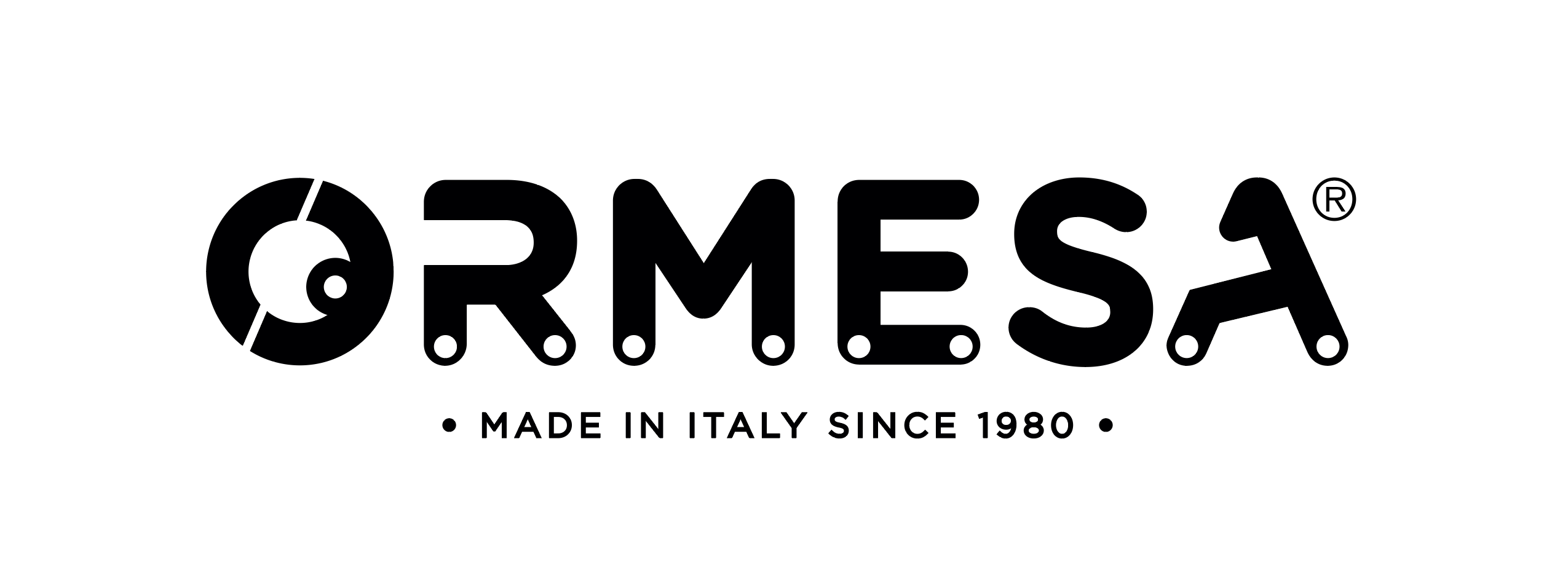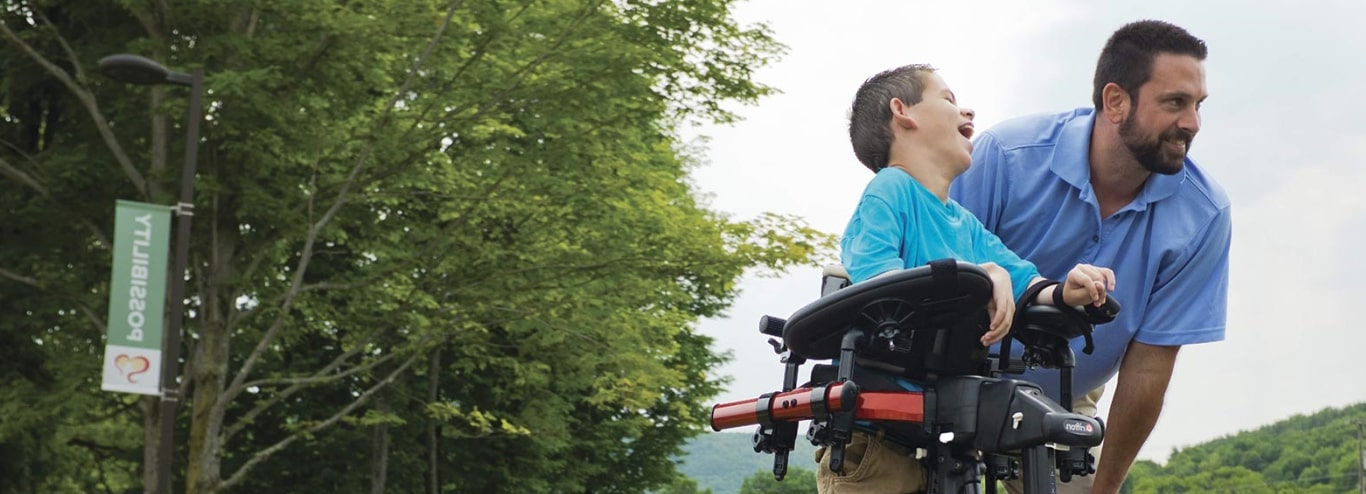- Time at APEX Mobility00:00:00 (Sydney Time)
- 00:00:00Till Close Of Business
- Opening Hours8AM-4PM (Sydney Time)
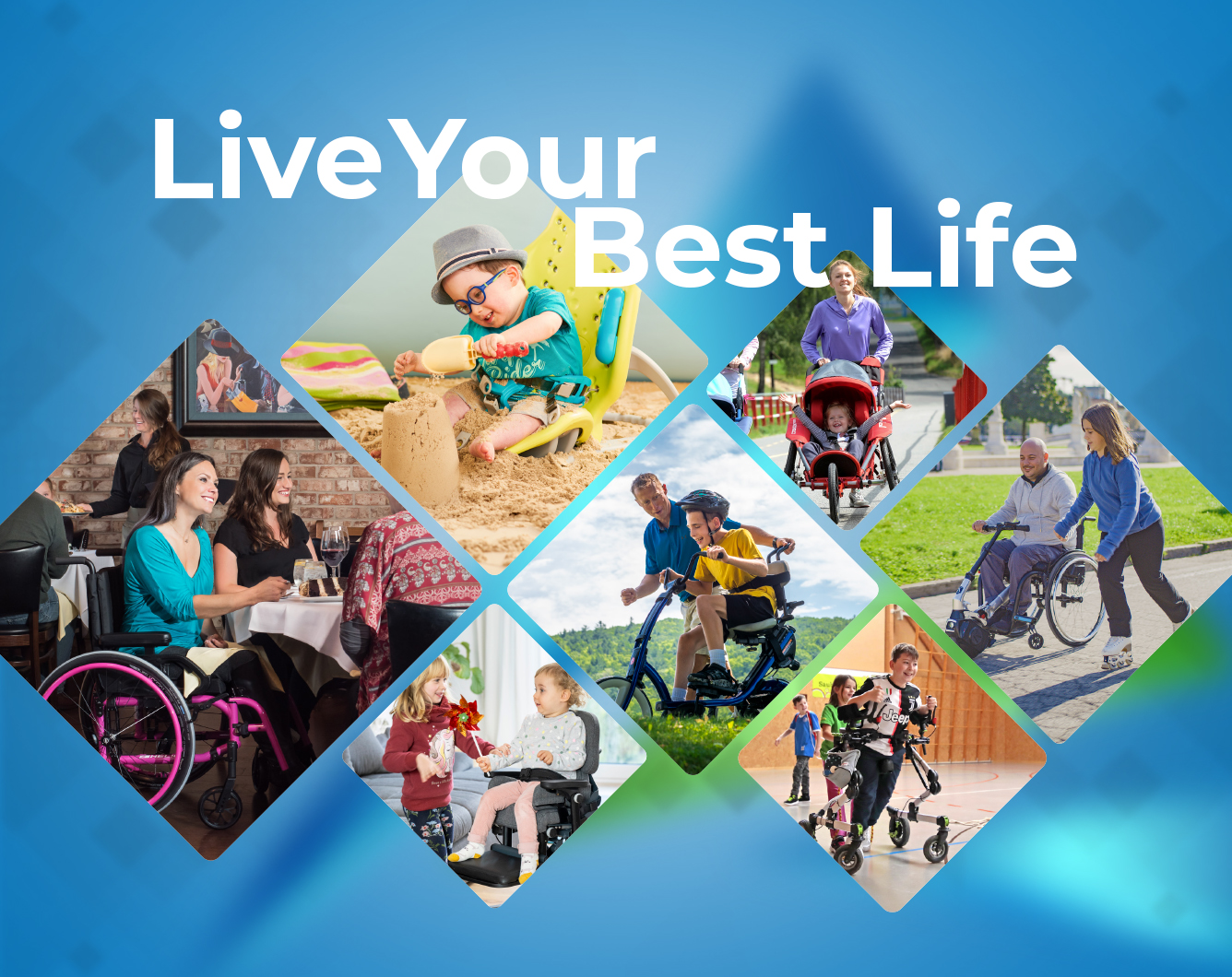
Living your Best Life…. It’s a catchy phrase used by many, but what does it mean to be Living Your Best Life?
Well, we know that life encompasses many areas of needs and interactions.
From the physical perspective, these can include our involvement in school, work and our communities, together with our transport needs, as well as how we manage the very basics of everyday mobility, health, hygiene, nutrition, sleep/rest, and play.
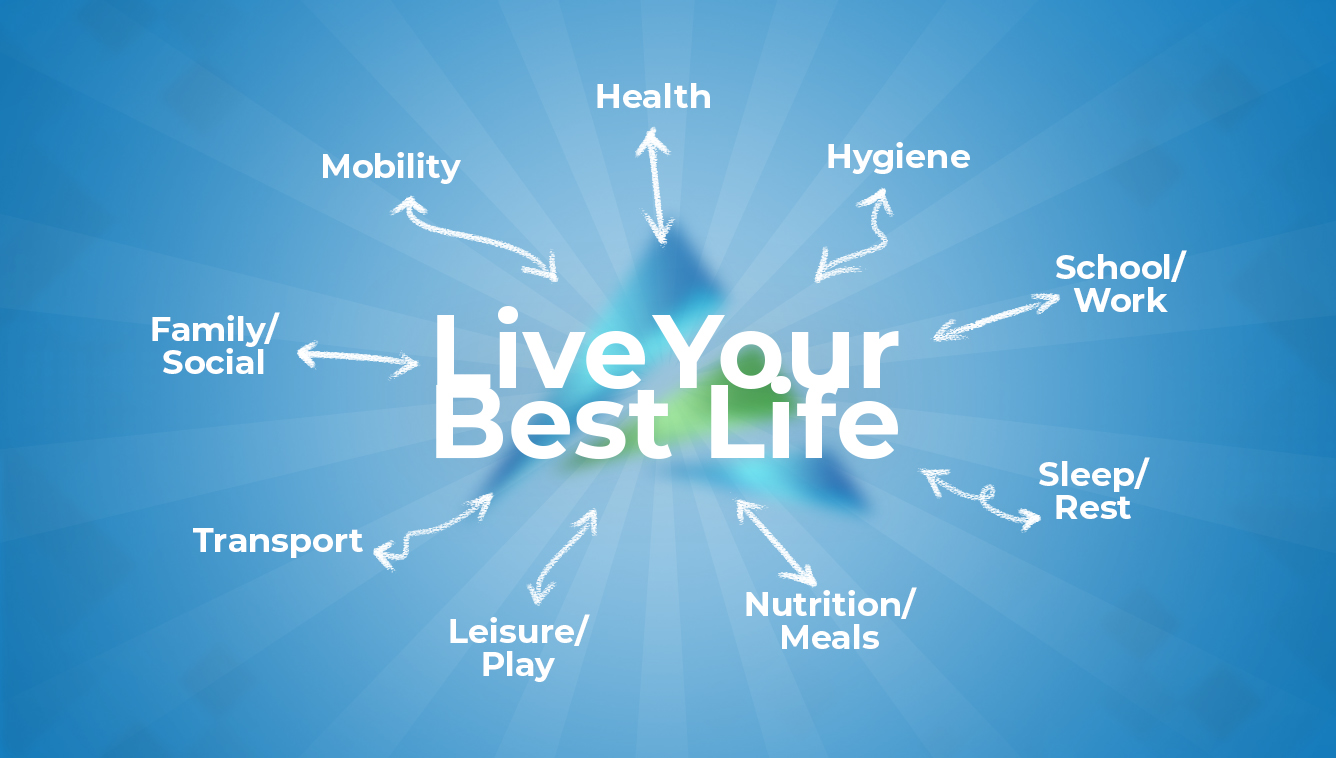
As for “Living Your Best Life” without getting overly philosophical, one way to answer this is to ask further questions:
- What do you want to achieve in your life today, tomorrow and into the future?
- And…. What are the barriers to achieving these goals, and how can you overcome them?
These are tough questions for all of us, and the answers will differ from person to person. Add to that equation, a disability which can present additional challenges.
Regardless of disability though, Living your Best Life should be achievable for all.
It just might look different and require a bit more help.
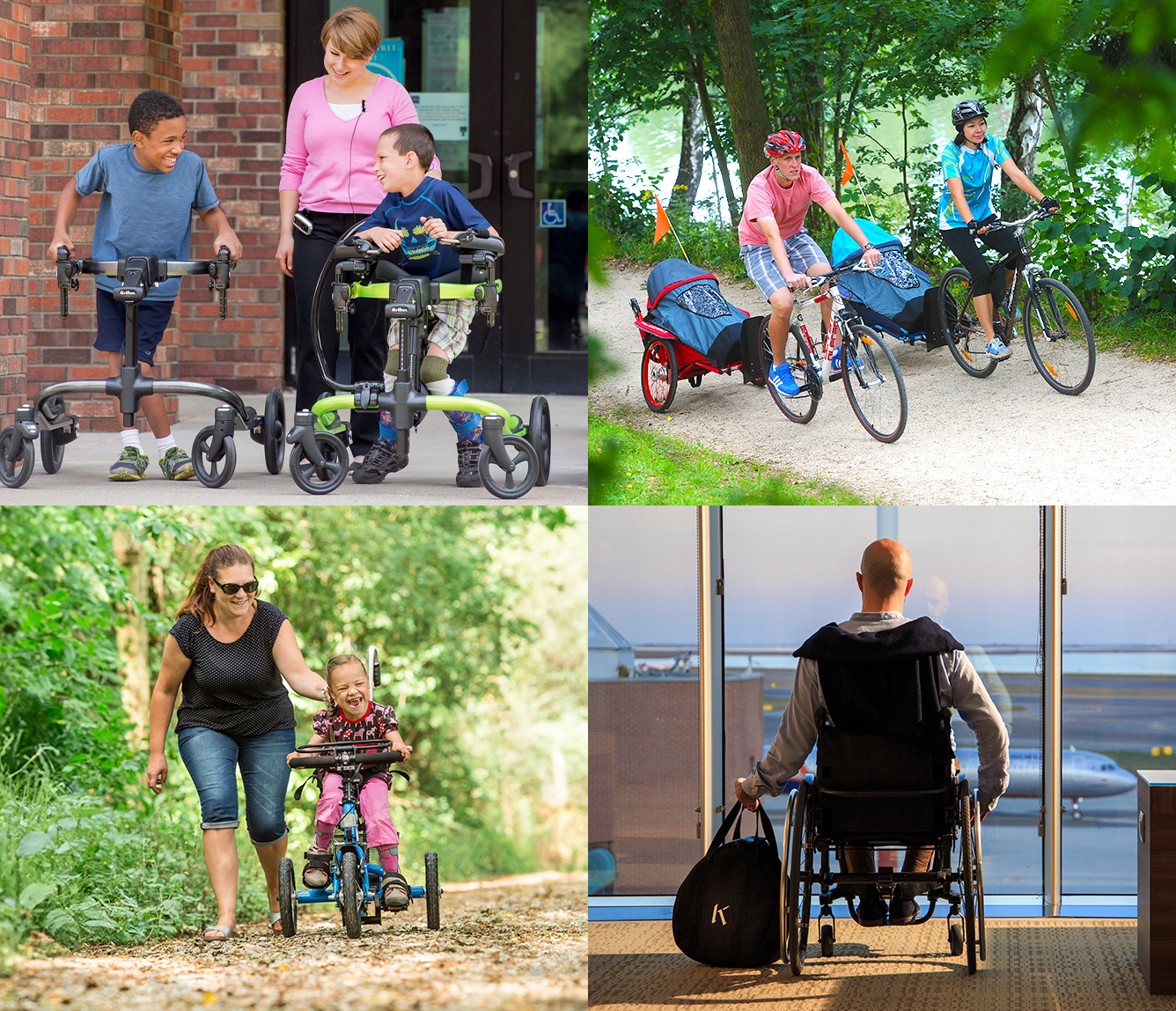
Unpacking the “Best Life” Concept
Let’s explore the concept of “best life” through the lens of the ICF framework. The ICF framework consists of 2 parts: Functioning and Disability, placed within Contextual Factors. These parts are further broken down into:
- Body Functions and Structures: The actual anatomy and physiology of the human body.
- Activities and Participation: How individuals engage in life situations.
- Environmental Factors: The physical, social, and attitudinal environment in which people live.
- Personal Factors: The individual characteristics that influence how disability is experienced.
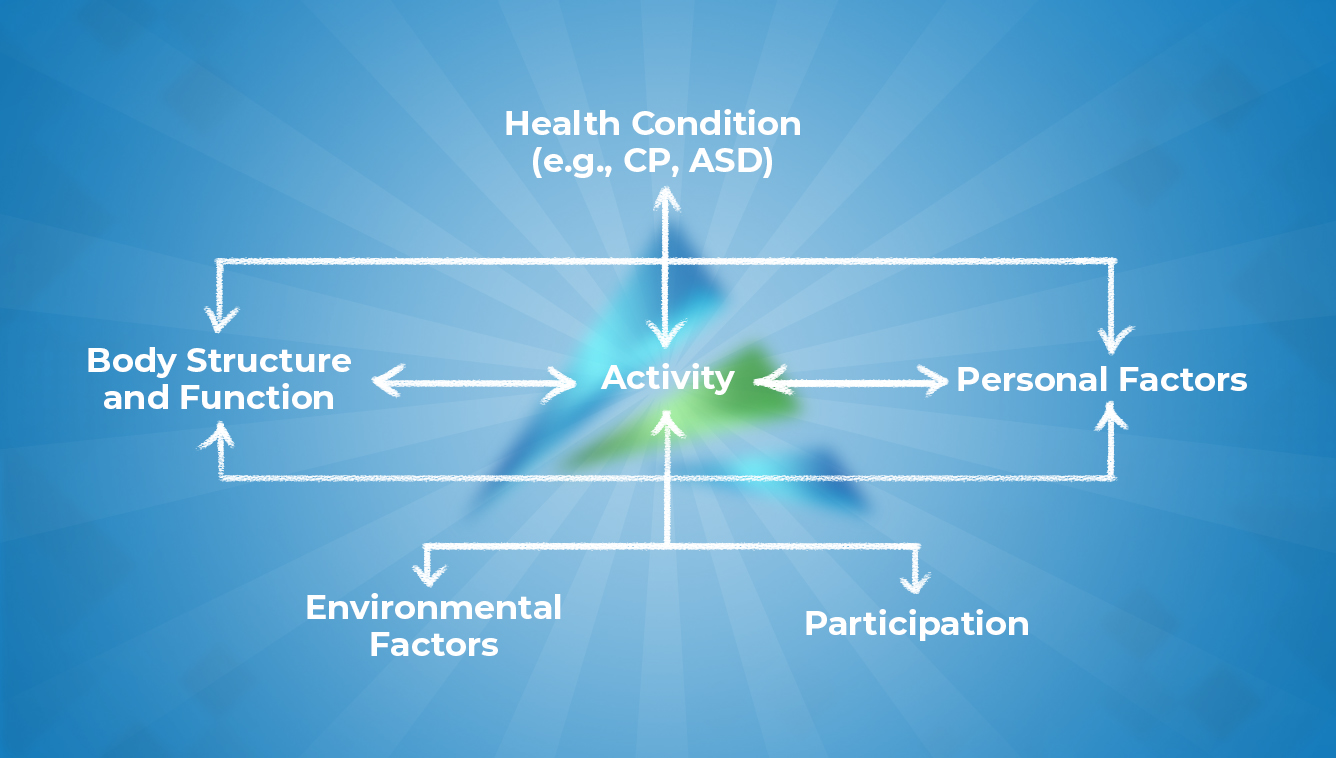
(www.canchild.ca)
ICF model of approach to solutions for needs and goals of clients
Now let’s add the F-Word ICF Framework by Rosenbaum and Gorter (2012). Here the F-words build upon the World Health Organisations (WHO's) International Classification of Functioning, Disability and Health (ICF) framework. The ICF framework shows how body structure and function, activity, participation, environmental factors and personal factors are interrelated and equally influence our health and functioning.
These interrelated areas of Functioning (Activity), Fitness (Body Structure and Function), Friends (Participation), Family (Environmental factors) and Fun (Personal factors) provide a simplified but comprehensive lens to review the support needs of individuals with disabilities. Fitness for all, prioritising function, fostering friendships, involving family, and infusing fun become the guiding principles. Now we can see how all the factors around an activity can influence its achievement. At its essence though, it’s all about understanding that there are many elements which impact the ability to carry out meaningful activities in daily life. ‘Living Your Best Life’ takes the interplay of all these factors and looks at what we might need to achieve success.
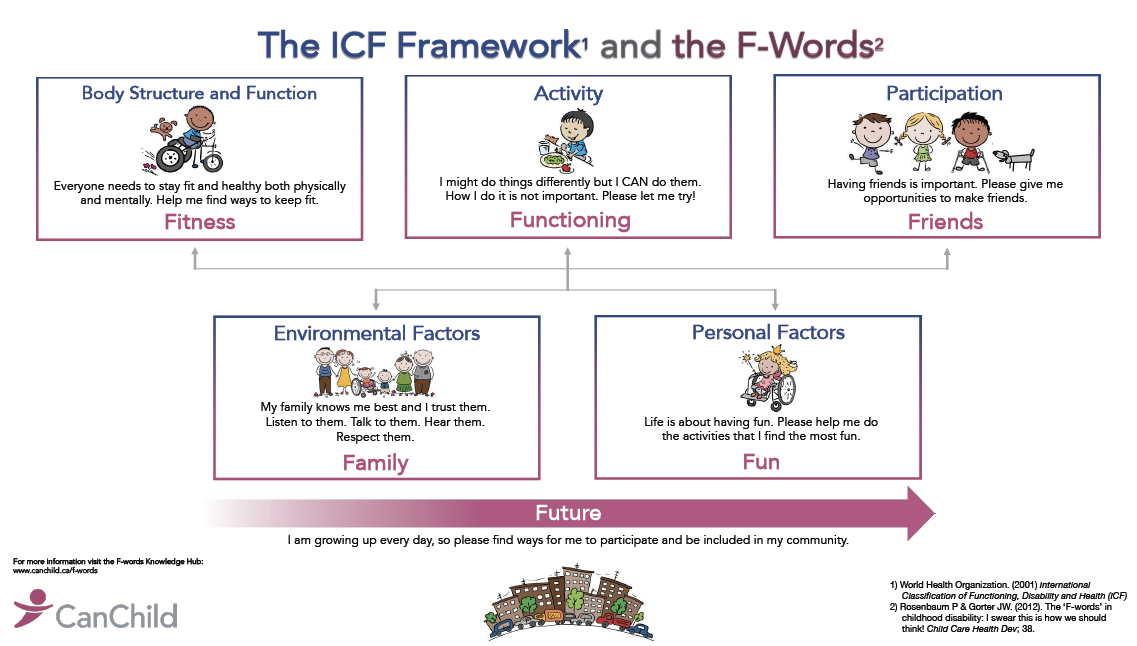
Assistive Technology and Everyday Life
Now let’s apply this to the areas of our lives where the same interplay can be seen with regard to the physical supports/ equipment/assistive technology (AT) we use to achieve these outcomes.
There might be many different AT options to meet a need within an equipment category, but there could also be other AT solutions in different equipment categories that could better meet the need or meet the need at different times in the day.
In essence, each area of life for people with physical support needs can have multiple equipment requirements, and each piece of equipment can also serve in several areas of our lives.
This interplay looking something like this:
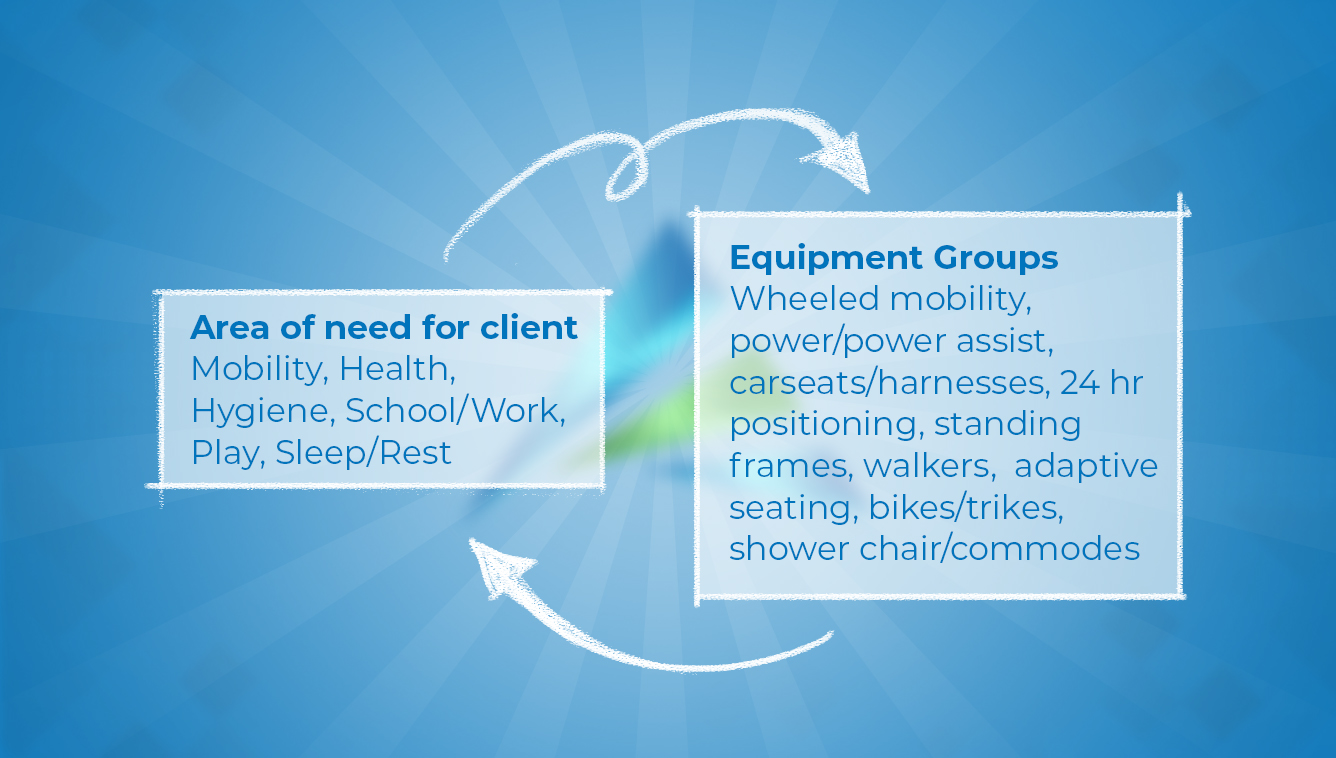
For example, an activity chair may be used for:
- school or work,
- participation in family meals, and
- providing health benefits by protecting against physical deformities with optimal postural support.
School life may require:
- a mobility device (Manual wheelchair or Powerchair) to get to school and get around school,
- A gait trainer to move from room to room and play with friends in the playground.
- a scripted seating system and/or adaptive school chair to promote good posture and protect the musculoskeletal system for desk work,
- a standing frame to enable participation in the school choir practice,
- an alternative postural support system for resting after lunch,
- a toilet support for hygiene needs, and
- a car seat for safe transport to and from school.
So, we can see that there are some not so obvious options for support in a given area of need which are worth considering, as well as the opportunity for using the same piece of AT to support needs in various areas. The interplay of AT and need is therefore complex and requires careful global consideration in the life of a person with a disability.
Coming back to that global picture,
There are general questions that can help clarify the available options to assist in making your best life a reality.
- How are you currently achieving this task and what are you using in the way of assistive technology to gain this level of achievement across your day?
- What is working for you? What do you like and not like about what you have and how you are achieving the tasks and activities?
- Are there specific parts of any task or activity where assistive technology might help you?
- On considering the possible assistive technology solutions, what is the best fit for you and your support network?
In considering the particular areas of your life, the options to consider could further be refined by more specific questions:
Health
Staying healthy is vital, with many parts of our lives contributing.
- What are the health challenges in your life atm? (eg: joint contractures, muscle wasting, skin conditions and/or injuries, medical conditions, etc)
- What do you need to include in your daily routine for advancing or protecting your health? EG: positioning, exercise programme, pressure relieving, personal assistance.
The AT to support this could include sleep systems, standing frames, and gait trainers.
Hygiene
Hygiene tasks are essential to our well being, with some unique challenges for support.
- How do you manage your continence and hygeine needs? In bed, on a commode, independent use of regular or adapted bathroom, etc.
- What physical support do you need?
- How long do your cares take? Per time used, when in the day, number of times per day. Are your needs stable or changing?
- Is there a need for growth accommodation?
- Pressure management needs?
- Temperature regulation?
The AT solutions to meet these needs could include shower and toilet chairs, transfer devices, bath chairs, and bed positioning.
Nutrition/ Mealtime
Mealtime can look very different across ages and cultures.
- How do you like to eat?
- Where do you like to eat?
- Do you need support from equipment, a member of your care team, or both?
- What is appropriate at your age and stage of life?
- What are your postural support needs at mealtime, and do they vary?
The possible assistive technology in use could be manual wheelchair, power wheelchair, Activity chairs, postural support seating, strollers, or alternate indoor seating.
Everyday Mobility
How we navigate our world varies between and within individuals, as energy levels and needs are not static across the day nor are our base needs.
- Age and Stage – where are you on your life journey?
- Are you able to achieve independent mobility and what does this look like?
- Do you need different options for varying environments or endurance levels over the day?
- What will transport of their mobility device look like?
- What are their postural support needs in a mobility device and do these vary during the day?
The AT solutions for consideration could include manual wheelchair and seating, powerchair and seating, power assist devices, strollers, and even gait trainers/ walkers.
Leisure/Play
We all have preferences for how we want to spend our down-time and engage with our communities.
- What do you like to do?
- What does the whole family value?
- What are you involved in that needs more support? (Present Needs)
- What would you like to get into? (Future Needs) Considering age and stage for the appropriateness of options, but don’t limit the ideas.
AT considerations here could be adaptive bikes and trikes, all terrain strollers, power assist devices, and some supportive walkers.
Family/ Social
Our families and social circles are as unique as we are, and so is how we might interact with them.
- What keeps you connected with your family and friends?
- What gets you involved in regular family life?
- What is important for you to be involved in?
- What is a priority for the family – note this will be different for every family.
The assistive technology that may be considered here includes Alternative Mobility – strollers, trikes, bikes, power assist, all terrain, Outdoor pushchairs and attachments, and Activity chairs and tables.
School/ Work
Assistive technology in school or work environments should be aimed at promoting access and engagement. What this looks like for you is also very individual and every part of your day at school or work should be considered. This complex area often requires an interaction of many forms of support, so remember to think broadly and creatively.
- How do you prefer to mobilise through-out the day?
- What are the essential tasks in your day?
- How much support do you need to achieve your tasks?
- How are these tasks best supported?
Assistive Technology to be considered to support this access and engagement could include Manual wheelchair and seating, Power assist options, Activity Chairs and tables, Alternative seating, Standing Frames, Walkers, Hoists, and supports for hygiene needs.
Transport
The Assistive Technology in this area includes support to transport yourself safely from place to place. Here the questions to answer are:
- Can I help with transfers and what does this look like?
- How do I want to travel in a vehicle?
- What is safe for me given my age, weight and height?
- What type of vehicle is being used?
The Assistive Technology considerations here could include Car Seats, manual wheelchairs, power wheelchairs, harnesses, Seating systems.
NB: Please also consider all the implications and need for transporting any assistive technology – Does it need to be transported? Is this possible with the current transport arrangements? What does this look like? Who is going to be supporting transport of the assistive technology?
Sleep/Rest
Consider the support needs both during the day and at night. The neurological presentation and the subsequent effect on postures in sitting and lying will be a strong consideration, along with the subsequent postural and pressure relief needs.
Here the assistive technology comprises of Sleep systems, Mattresses/beds, and Alternative seating.
Putting it together into “Your Best Life”
All of these areas require careful consideration because at the heart of living your best life is the ability to participate fully in the activities and roles that are important to you. Whether that's getting around your home and community, managing your health and personal care, or engaging in work, school, or leisure pursuits - the right assistive technology can make all the difference.
And remember, you should always have a support network to help you find appropriate AT solutions to connect these areas of life in a true individually person centred way. No matter your unique circumstances and needs, your family, support network, therapy professionals and assistive technology experts are there to help you access the right equipment and get the most out of it. With the right tools and a little guidance, you can overcome barriers and live life to the fullest. Your best life is within reach.
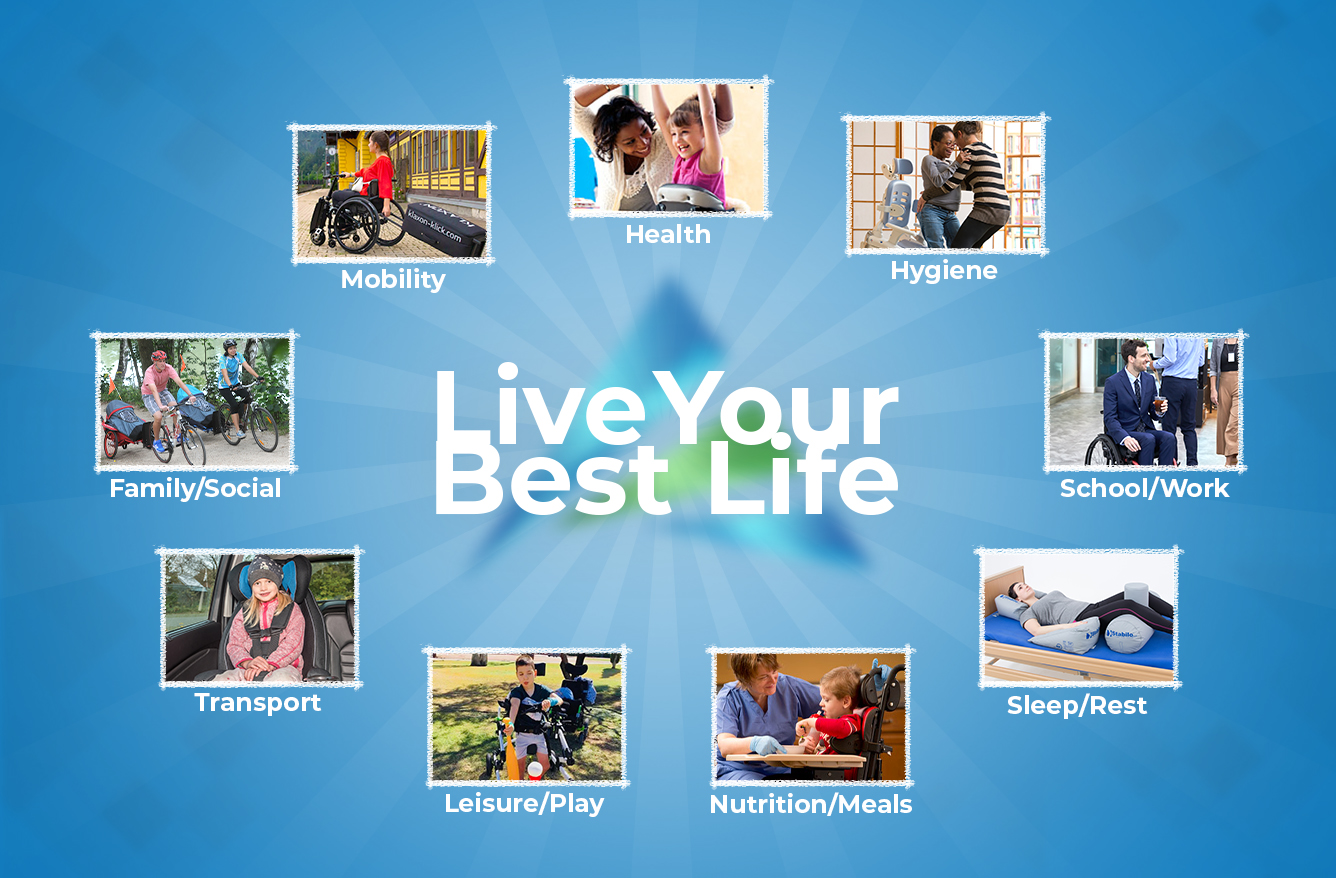
Learn more about the products shown in our new ad campaign:
- Motion Composites Helio A7 Manual Wheelchair https://apexmobility.com.au/products/helio-a7-manual-wheelchair
- Firefly Splashy Bath Seat https://apexmobility.com.au/products/splashy-bath-seat
- Schuchmann Madita Fun Therapy Chair https://apexmobility.com.au/products/madita-fun-therapy-chair
- Rifton Adaptive Tricycle https://apexmobility.com.au/products/rifton-adaptive-tricycles
- XRover Multi-Functional Outdoor Stroller https://apexmobility.com.au/products/xrover-multi-functional-outdoor-stroller
- Ormesa Grillo Gait Trainer https://apexmobility.com.au/products/grillo-gait-trainer
- Klaxon Twist https://apexmobility.com.au/products/klaxon-twist-front-mount
Written by Mellinda Clarke, Bachelor of Physiotherapy (BPhty), APEX Mobility Clinical Educator
